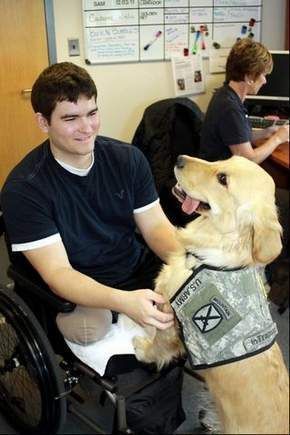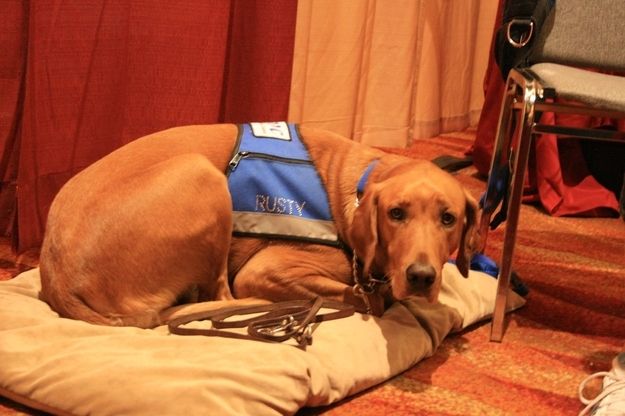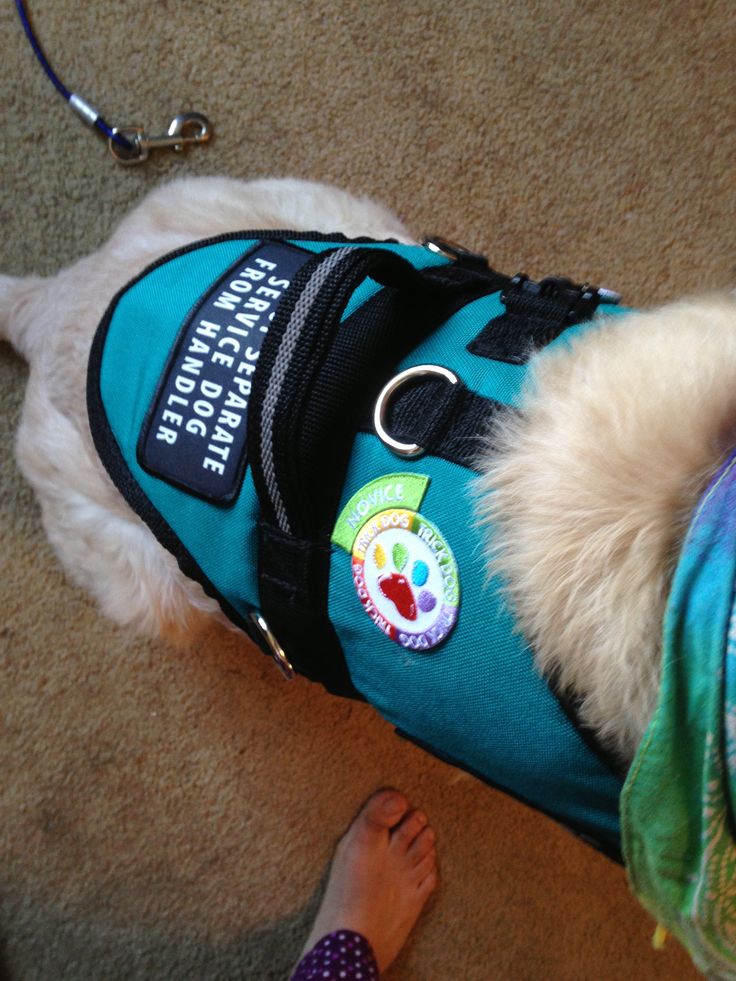What’s nice in having dog as your pet, aside from all the companionship and love, is that it gives you the chance to train him to learn certain skills. Dogs are very smart animals, so it’s no wonder that many families have them at home. Apart from having dogs as sweet friends and to protect your property, they’re also useful when it comes to helping out people who have disabilities. In various facilities like hospitals and nursing homes, and for people who live with conditions like epilepsy or blindness, dogs can help individuals enjoy life. Many breeds also enjoy serving people and working through challenges where they really get to use their drive and brains, and service dog training can help them hone useful skills that enrich their (and their owners’) lives. If you’re thinking about attempting service dog training with your pet, read on to learn more.
What Is a Service Dog?

How does a service dog differ from other dogs? It’s a misconception that all dogs are service dogs or can learn to become them. Most dogs can learn to become therapy dogs because they just need to be gentle and don’t have to learn specific skills. Service dogs need to have certain traits and attributes, and they have to be trained using special methods so they can provide help to people with disabilities. In particular, these dogs help patients that have post-traumatic stress disorder, hearing impairments, vision impairments, mental illnesses, seizure disorders, mobility issues, and autism to name a few. There are a lot of patients whose lives become much easier with the help of service dogs.
Not all dogs can become service dogs considering that there are various breeds and that each dog has its own personality and traits. In order to become a service dog, a pet has to posses certain personality elements. For instance, the dog should have a good temperament; he shouldn’t be jumpy or flighty, and he shouldn’t be aggressive. He should be in good health as well to ensure he follows commands. The most common breeds that are trained as service dogs include German Shepherds, Golden Retrievers, and Labrador Retrievers. There are various institutions offering a wide array of service training programs for dogs.
What Are the Training Standards?

Although there are no laws about specific programs a dog has to complete to earn service-animal status, it’s important that he meets minimum training standards and passes the Public Access Test. This ensures that the dog has undergone proper training, which normally takes between six months and a year. Although the training process doesn’t need to be documented, doing so can assist you in providing proof about the dog’s skills.
The length of time it takes to train a service animal is one of the primary reasons why it’s essential that you hire a professional trainer if you plan on having your pet help meet your own needs. A professional trainer knows exactly how to train a dog in the most efficient way possible. Your dog and the trainer will practice skills frequently and spend about 30 hours over the course of the year in a controlled public environment. This is to help the dog to learn how he needs to behave in the general population. Keep in mind that, as the owner, you are responsible for your dog. Even during the training, you have sole responsibility of your pet.
So, what’s involved in service dog training? This will depend on the training school or trainer. One of the things that your dog will learn in this type of training is basic obedience. With it, your dog can learn both verbal and non-verbal skills, including basic commands like sit, come, stay, etc., which he’ll need to know so you can direct him once he starts work as a service animal. Dogs can be trained to be professional and disciplined. At the onset of the training, the trainers will introduce hand signals and verbal commands. From there, dogs can start learning these commands until such a time they are introduced to more specific tasks.

Because service dogs are used to help people with disabilities, they’re specifically trained for tasks and duties related to this purpose. They help people accomplish things that they have trouble doing. For example, a guide dog can help a blind person anticipate changes in elevation while walking, indicate the presence of a curb or road, locate an exit in a room, and retrieve dropped objects. A hearing dog can alert someone to at-home sounds like doorbells or knocks, indicate when the owner’s name is being called, and find and return with the hearing-impaired owner, to name a few. General service dogs can learn myriad skills ranging from carrying groceries and fetching medications to retrieving a wheelchair and dialing 911. Your dog can learn some or all of these tasks based on your or a client’s needs.
What Is the Public Access Test?

To evaluate the dog’s readiness, you don’t just complete training and set off into the world. Your dog also needs to pass what’s known as the Public Access Test. Your dog will have to prove he can perform a number of tasks for an evaluator in a public space, including following visual or verbal signals, unloading out of a vehicle, guiding a person through a doorway, ignoring noise distractions, and receiving handling from a stranger. After your dog passes the test, he will earn a place on the National Service Animal Registry, which legally allows him to accompany a person into any public space.
Also read: Border Collie Training
As a pet-owner-and-service-dog team, there are certain traits and behaviors expected from you. Because the dog may be working in hospitals and other facilities, he should have good social skills. He cannot be aggressive towards other people and should not to beg for food or have hyper behavior. As the dog owner, you also have to be mindful of your behavior. Be polite and courteous, as you may deal with some people who might have sensitive cases. Apart from that, you also have to make sure that your dog is clean and properly groomed all the time. Looking professional is definitely important, but the most critical element is that your dog learns all of the necessary skills with proper training.

0 Comments